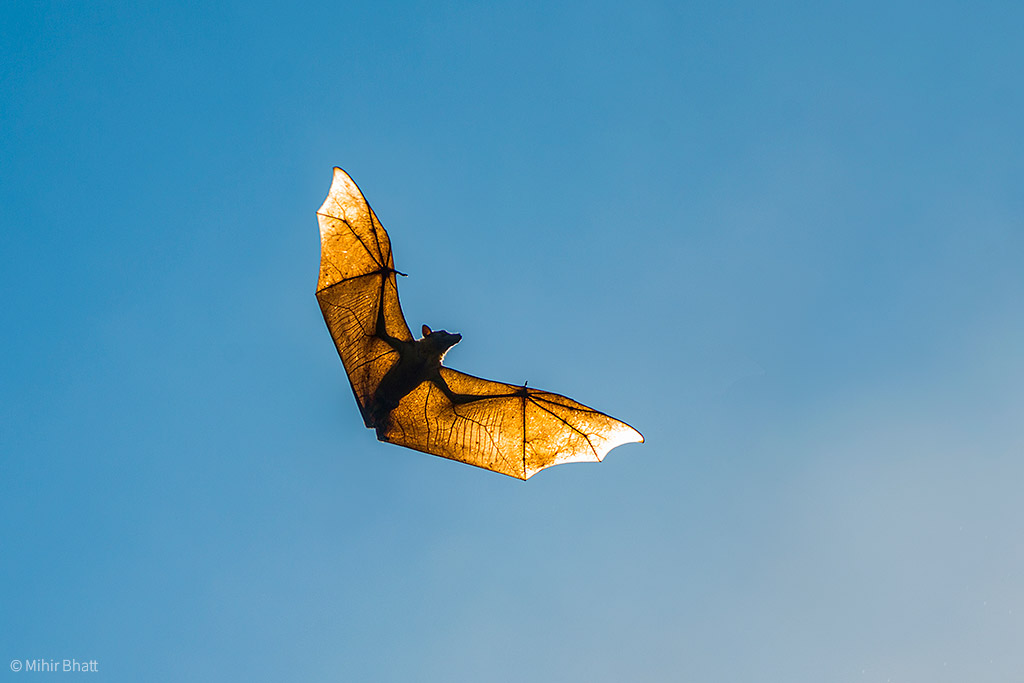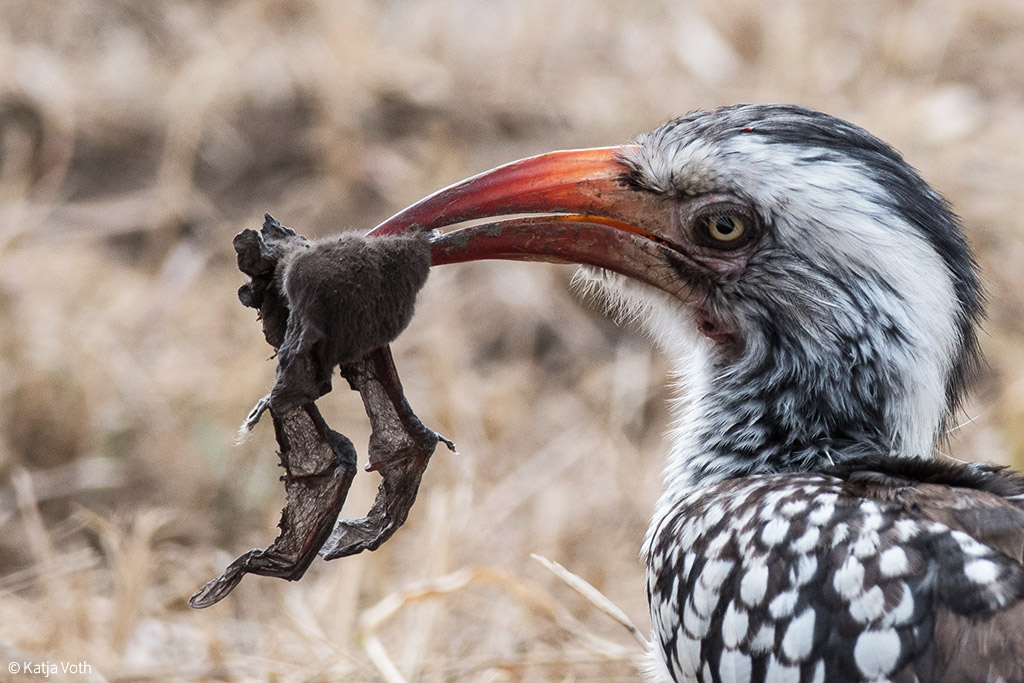
Every year in November about 10 million straw-coloured fruit bats gather in Kasanka National Park in Zambia to feast on fruit delicacies such as musuku, mufinsa and mangos. These flying mammals darken the skies and trigger a feeding frenzy for Kasanka’s birds of prey and other opportunistic predators. This is the largest mammal migration on planet earth and attracts significant attention from a tourist perspective – as well it should! However, beyond that, few people really give the bats of Africa much consideration. Caught somewhere between being thought of as a rodent and a bird, they are viewed as a pest by many and as terrifying by an unfortunate few. The most attention they’ve received recently has been in reference to zoonotic diseases. Yet hidden in the intricacies of their tiny facial features, over-sized ears and paper-thin membranous wings, is a creature perfectly suited for its ecological niche and, even more importantly, one which plays a vital role in ecosystem health.

There are 321 bat species in Africa – equating to a quarter of global bat diversity – divided into fructivores and echolocating insectivores. Quite aside from providing food for numerous predators, they perform vital services for the ecosystem – including the agricultural industries.
While bees are finally being recognized for their role as pollinators, bats are also pollinators of about 528 plant species worldwide, of which 450 are of commercial/agricultural importance. These include baobabs, sausage trees, mangoes, avocadoes, banana plants and African locust beans. The mechanism behind this pollination process is straightforward to understand. In essence, the bats feed on the plants (fruit or nectar) and transport the pollen to the next plant they move to. In many cases, the flowers of these plants are pale-coloured and bell-shaped – designed to appeal more to bats than insects – and some of these relationships are so interdependent and exclusive that studies carried out on over 126 species have shown that if bats are excluded, fruit production reduces by up to 83%.

In an extension of their role as pollinators, bats also act as seed dispersers in a manner not unlike that of elephants, on a smaller scale. They digest the fruits they consume and then excrete the seeds far away from the parent plant in a pile of ready-made fertilizer (guano).

Bats also contribute to maintaining a balance in terms of insect numbers. Insectivorous bats can consume an average of 70% of their body weight in one night, including enormous numbers of mosquitoes and crop pests. Their exact impact on controlling mosquito numbers is still not thoroughly researched, but it is known that most microbats consume mosquitoes in vast amounts, making some researchers look into their role in reducing malaria cases. Quite aside from the ecological and health implications of this service, research conducted in North America estimated that the services provided by white-nosed bats in terms of pest control and crop protection equated to around $3.7 billion per year. Studies have also shown that bats in South Africa could be used to help macadamia farmers to save millions currently being lost to stinkbug damage.

Those passionate about conserving bats have their work cut out for them. For a start, bats sometimes occupy human homes and cause a fair amount of mess and a relatively unpleasant odour – and they require professional removal. More so, a fair number of people have a kind of primordial fear of bats. This is only going to be exacerbated by the acknowledgement that bats are known carriers of coronaviruses. With all of this counting against them, 24 bat species are critically endangered, 53 are endangered and another 104 listed as vulnerable throughout the world. Yet protecting them is essential because, without bats, the world could, quite possibly, turn upside down.

To comment on this story: Login (or sign up) to our app here - it's a troll-free safe place 🙂.![]()






